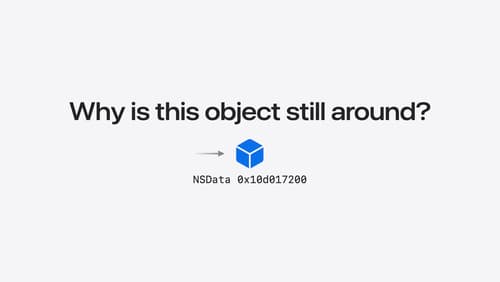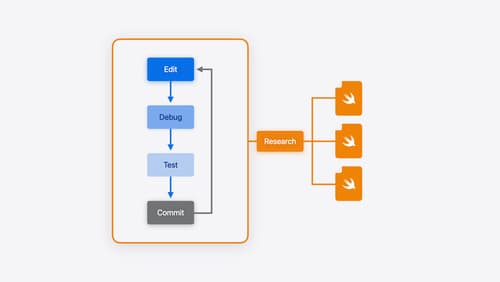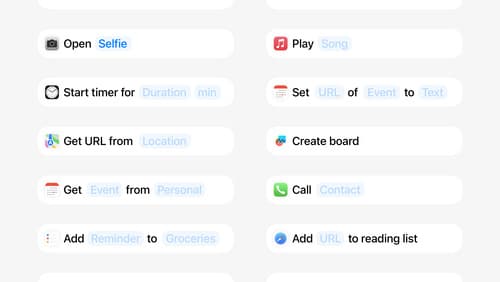What happens when user kills an app?
Asked on 2025-03-31
1 search
When a user kills an app, the app's process and all associated session objects are terminated. However, certain services like Core Location can continue to track outstanding API objects and will resume or relaunch the app into the background when new information is ready for delivery, provided the app's authorization allows it. This ensures that ongoing tasks, such as tracking a workout, can continue even if the app is terminated. The app needs to be designed to handle such scenarios by resuming tasks or sessions that were interrupted upon relaunch.
For more details, you can refer to the session What’s new in location authorization (11:41).

Analyze heap memory
Dive into the basis for your app’s dynamic memory: the heap! Explore how to use Instruments and Xcode to measure, analyze, and fix common heap issues. We’ll also cover some techniques and best practices for diagnosing transient growth, persistent growth, and leaks in your app.

Xcode essentials
Edit, debug, commit, repeat. Explore the suite of tools in Xcode that help you iterate quickly when developing apps. Discover tips and tricks to help optimize and boost your development workflow.

Design App Intents for system experiences
App Intents power system experiences in controls, Spotlight, Siri, and more. Find out how to identify the functionality that’s best for App Intents, and how to use parameters to make these intents flexible. Learn how to use App Intents to allow people to take action outside your app, and see examples of when to navigate into your app to show contextual information.
